Venom is one of nature’s most sophisticated biochemical weapons, evolving over millions of years as organisms adapt to their specific environments. Far from being uniform across species, venom composition varies dramatically depending on the habitat where venomous creatures live. These specialized toxin cocktails reflect evolutionary pressures, prey availability, defensive needs, and environmental conditions unique to each ecosystem. From the scorching deserts to the depths of tropical oceans, venomous animals have developed toxins perfectly tailored to their surroundings. This fascinating intersection of biochemistry, ecology, and evolution reveals how habitat shapes one of nature’s most potent adaptations and highlights the remarkable specificity of natural selection.
The Evolutionary Drivers of Venom Diversity
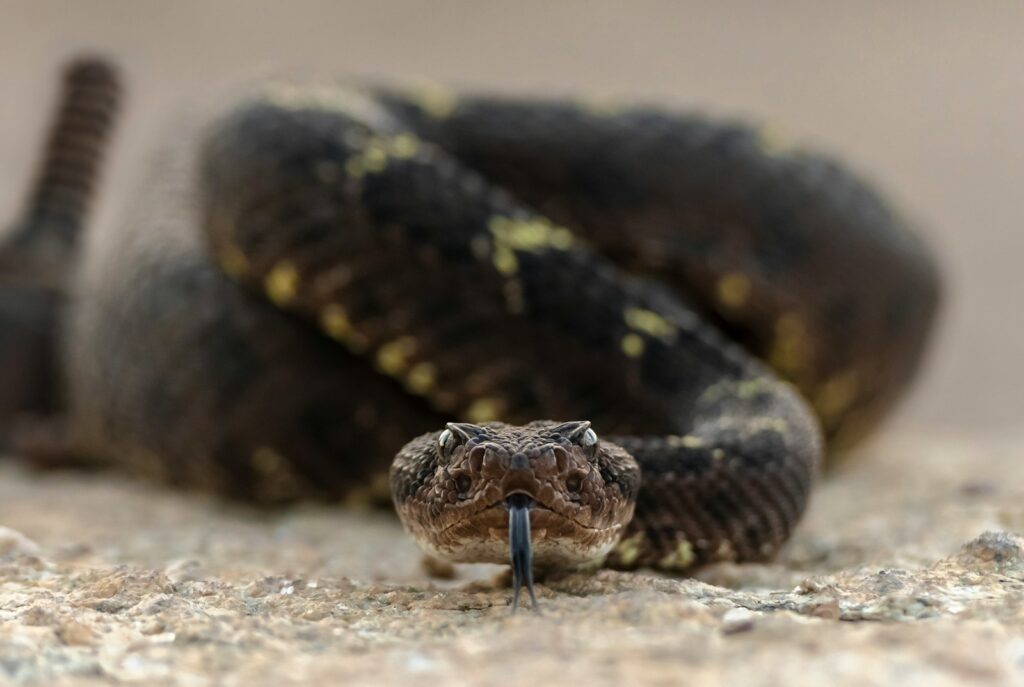
Venom composition represents one of the most striking examples of convergent and divergent evolution across animal kingdoms. In different habitats, distinct evolutionary pressures select for specific venom components that offer survival advantages in that particular environment. The primary drivers typically include prey acquisition, predator defense, and intraspecies competition, with each habitat presenting unique challenges that shape toxin development. Desert-dwelling venomous creatures, for instance, often evolve fast-acting neurotoxins that immobilize prey quickly before it can escape in the open landscape. Meanwhile, venomous marine creatures in coral reef ecosystems might develop more complex toxin cocktails to overcome the diverse defensive mechanisms of their prey. This evolutionary fine-tuning creates remarkable habitat-specific patterns in venom composition that scientists are only beginning to fully understand.
Desert Venom Adaptations
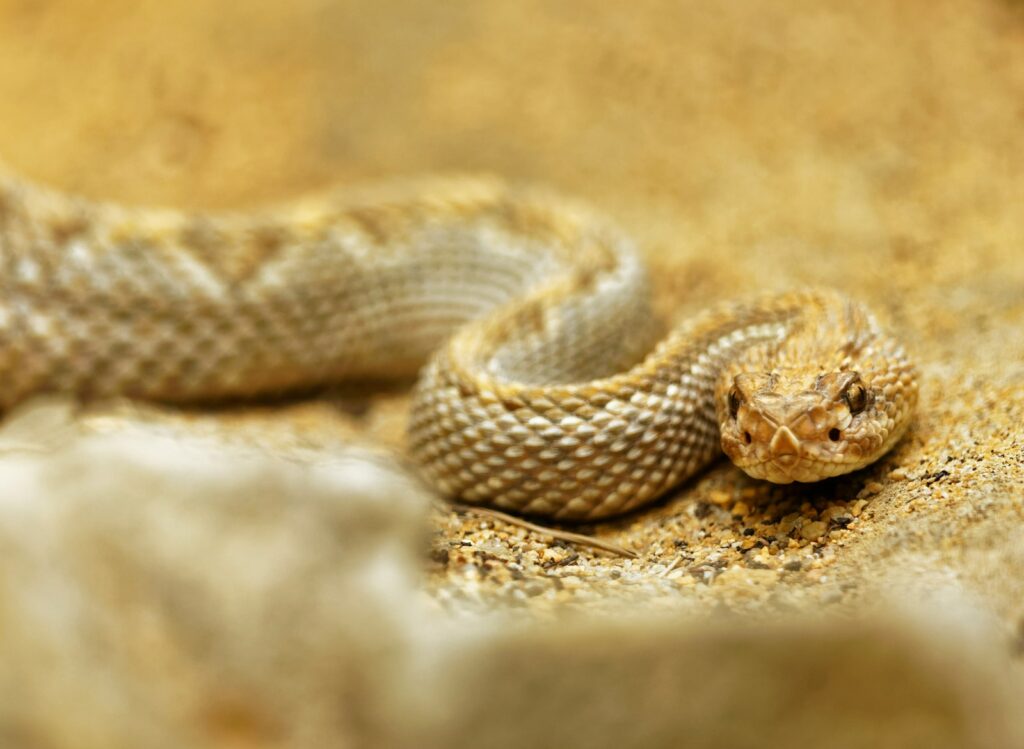
Desert environments present extreme challenges that have shaped unique venom compositions in their inhabitants. Scorpions, rattlesnakes, and other desert venomous creatures typically possess toxins optimized for rapid immobilization and minimal water expenditure during digestion. For example, the North American Mojave rattlesnake produces a potent neurotoxic venom that quickly incapacitates prey, reducing the need to track victims across energy-sapping distances. Desert scorpion venoms often contain specialized compounds that target sodium and potassium ion channels, causing swift paralysis while requiring minimal metabolic resources to produce. Additionally, many desert venoms contain enzymes that begin external digestion efficiently, an adaptation that conserves the predator’s precious water reserves that would otherwise be needed for digestive processes. These specialized adaptations demonstrate how arid environments have selected for venoms that prioritize energy conservation and quick prey capture.
Rainforest Venom Complexity

The astonishing biodiversity of tropical rainforests has driven the evolution of some of the most complex venom compositions on Earth. In these densely populated habitats, venomous creatures face fierce competition and incredibly diverse prey species, leading to remarkably sophisticated toxin profiles. The poison dart frogs of Central and South American rainforests, for instance, produce alkaloid-based toxins derived from their arthropod diet, with different species displaying varying toxicity levels depending on their specific microhabitat. Amazonian pit vipers often possess venoms rich in hemotoxic compounds that destroy tissue and prevent blood coagulation, facilitating digestion in the humid environment where bacterial decomposition is a constant threat. Interestingly, rainforest venoms frequently contain multiple redundant toxin families that target different physiological systems simultaneously, a reflection of the need to overcome the diverse defensive adaptations of potential prey. This redundancy in venom composition represents an evolutionary arms race characteristic of high-biodiversity environments.
Marine Venom Specialization
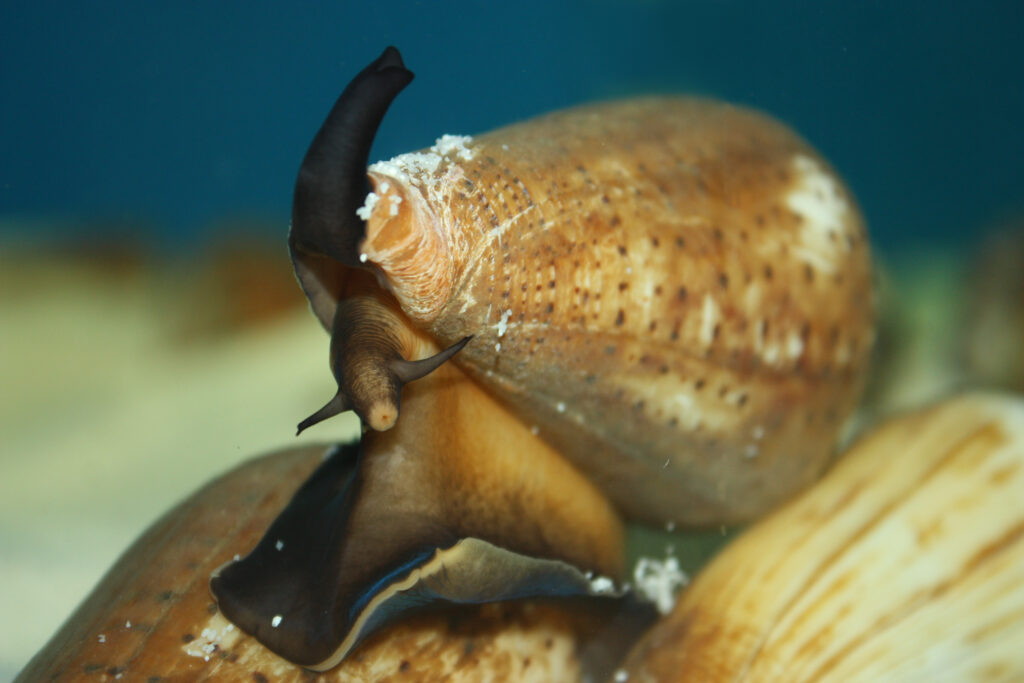
The ocean’s unique physiochemical properties have shaped venom compositions unlike any found on land. Marine venomous creatures often produce toxins that remain stable and effective in saltwater environments, with specialized delivery mechanisms adapted to aquatic hunting. The geographic cone snail, for instance, has evolved a sophisticated “harpoon” delivery system and venom containing conotoxins—small peptides that precisely target specific neuron receptors, causing rapid paralysis in fish prey. Sea anemones produce venoms rich in sodium channel toxins that remain potent despite dilution in surrounding water, allowing them to capture prey swimming nearby without direct contact. Many marine venoms contain compounds that are particularly stable at various water temperatures and pressures, enabling their effectiveness across different ocean depths. This specialization explains why marine venoms often contain unique peptide families not found in terrestrial venoms, representing novel evolutionary solutions to the challenges of underwater predation.
Venom in Cold Climate Ecosystems
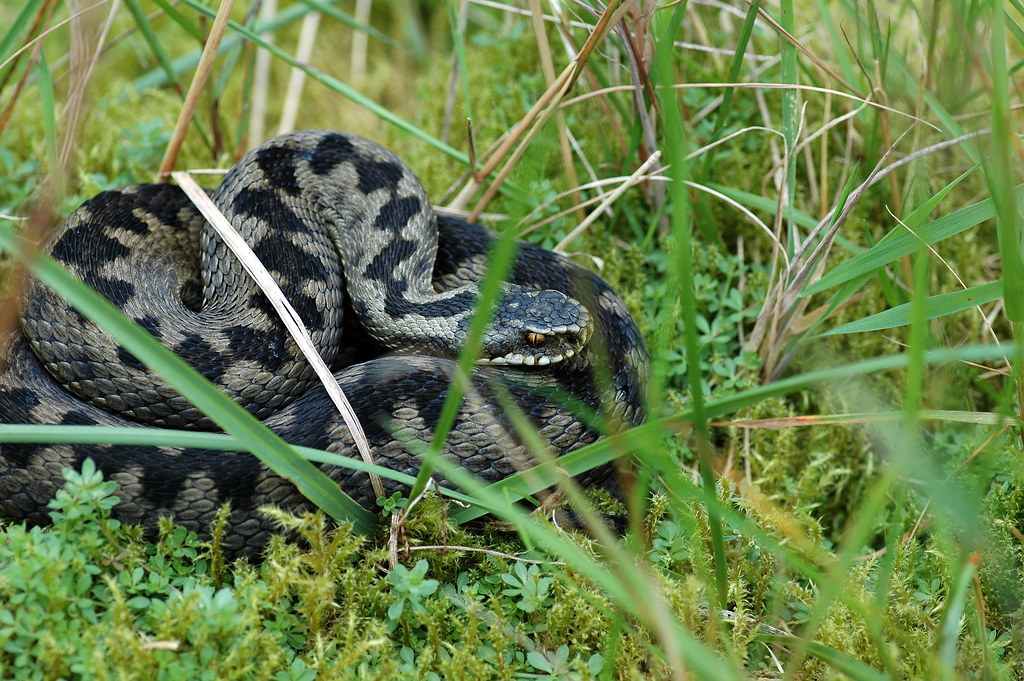
Cold-climate venomous organisms face unique challenges that have shaped their toxin compositions in surprising ways. The reduced metabolism and activity levels of both predators and prey in cold environments have selected for venoms that remain effective at lower temperatures. The European adder, one of the few venomous snakes able to thrive in near-arctic conditions, produces venom with enzymes that maintain catalytic efficiency at temperatures that would render most tropical snake venoms ineffective. Interestingly, cold-adapted venoms often contain compounds with broader temperature activity ranges than their warm-climate counterparts, allowing functionality during seasonal temperature fluctuations. Some cold-climate arachnids, like certain northern scorpion species, have evolved venoms with antifreeze-like properties that prevent the toxins from crystallizing in cold conditions. These adaptations demonstrate how temperature serves as a powerful selective force in venom evolution, driving chemical innovations that maintain toxin effectiveness in challenging thermal environments.
Arboreal Habitat Influences on Venom
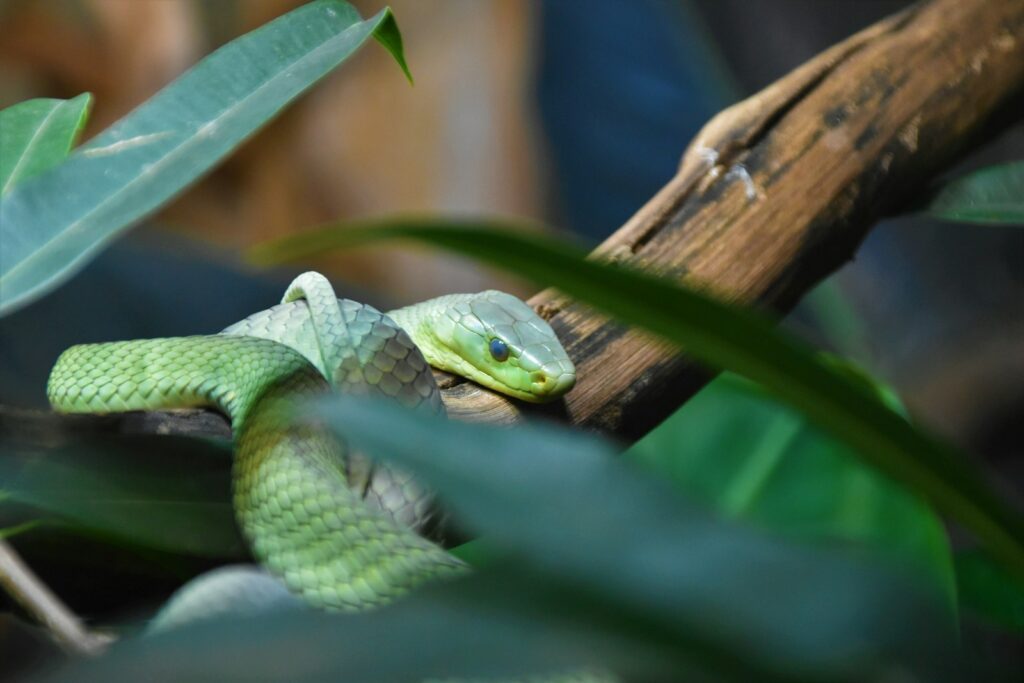
Tree-dwelling venomous creatures face distinct ecological challenges that have driven unique adaptations in their toxin compositions. Arboreal venomous snakes like mambas and boomslangs typically possess fast-acting neurotoxic venoms that quickly immobilize prey, preventing escape through the complex three-dimensional tree canopy. The green mamba, for example, produces dendrotoxins that cause rapid paralysis, ensuring birds and arboreal mammals cannot flee after being bitten. Venomous tree-dwelling spiders often produce toxins that cause intense pain or paralysis, serving as effective deterrents against predators in an environment where escape routes are limited. Many arboreal venoms show evidence of selection for lightweight, metabolically efficient toxin production, as heavy venom glands would impair climbing ability and branch navigation. This convergent evolution toward rapid-acting, low-volume venoms across different arboreal species demonstrates how the physical constraints of tree-dwelling life shape biochemical adaptations.
Grassland and Savanna Venom Characteristics
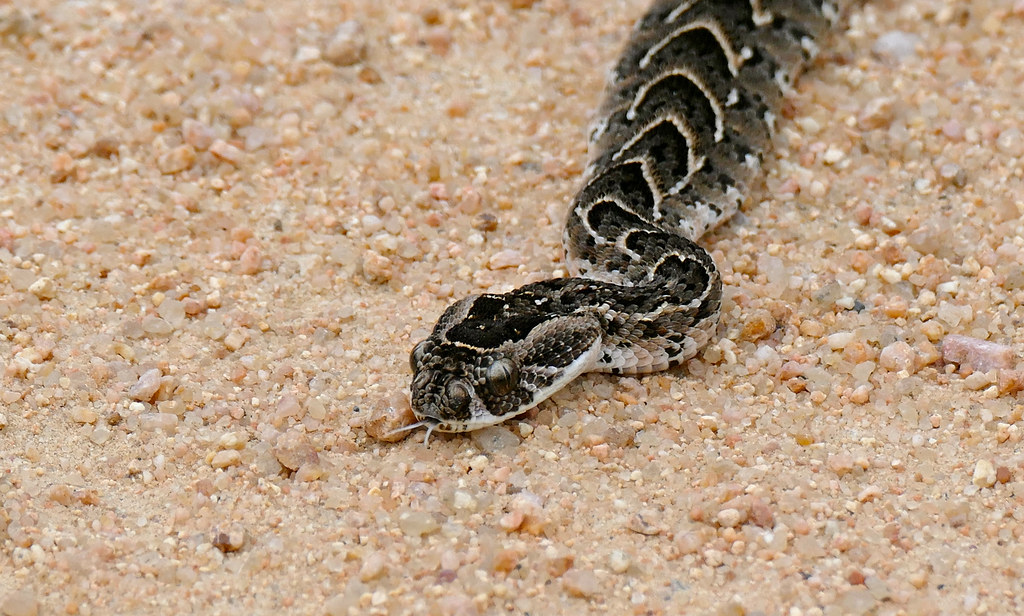
The open expanses of grasslands and savannas have selected for distinctive venom compositions among their venomous inhabitants. In these environments where prey visibility is high and escape potential is substantial, venoms often prioritize rapid immobilization and tracking facilitation. The puff adder, common in African savannas, produces cytotoxic venoms that cause severe tissue damage, creating a scent trail that allows the snake to track prey that escapes after the initial strike. Grassland-dwelling scorpions frequently possess potent neurotoxic venoms that quickly incapacitate insects before they can disappear into the dense vegetation. Many savanna venoms contain compounds that trigger intense inflammatory responses, causing pain that restricts movement and prevents prey from traveling long distances after envenomation. These adaptations reflect the unique hunting challenges of open habitats, where prey detection and retrieval present different challenges than in densely vegetated environments.
Venom Differences in Freshwater Ecosystems
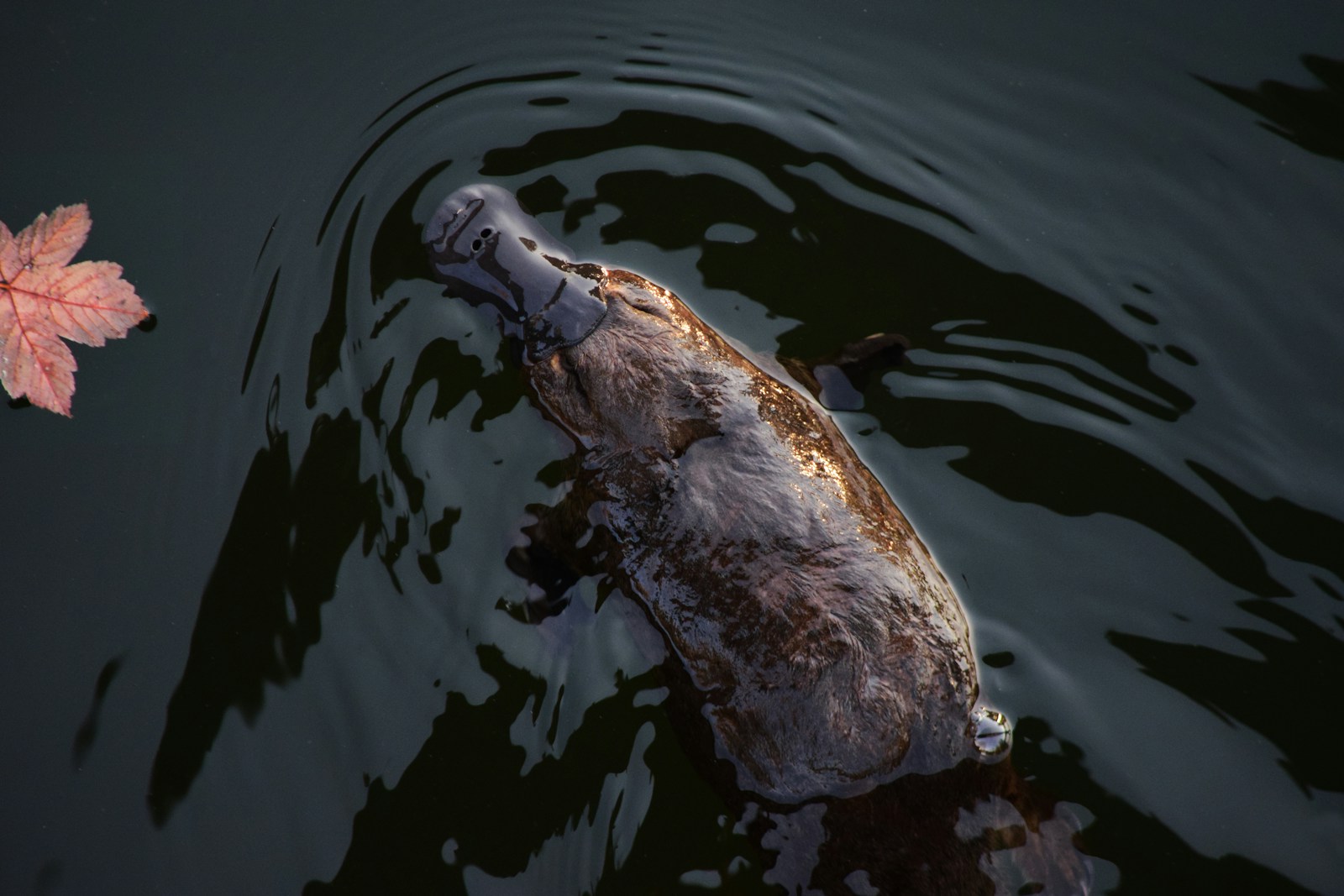
Freshwater habitats present unique challenges for venomous organisms, resulting in toxin compositions specially adapted to function in these environments. The platypus, one of the few venomous mammals, produces complex venom delivered through ankle spurs that causes excruciating pain rather than death—a defensive adaptation suited to its semi-aquatic lifestyle. Freshwater stingrays possess venoms with strong myotoxic and vasodilatory components that cause intense localized effects, an effective deterrent against predators in river environments where visibility is often limited. Several species of freshwater fish have evolved venom glands connected to defensive spines, producing toxins that remain stable despite constant dilution in surrounding water. Interestingly, freshwater venoms often contain compounds with antimicrobial properties, possibly an adaptation to environments with higher bacterial loads than marine settings. These specialized adaptations highlight how freshwater ecosystems have shaped unique venom profiles distinct from both terrestrial and marine venomous species.
Coral Reef Venom Diversity
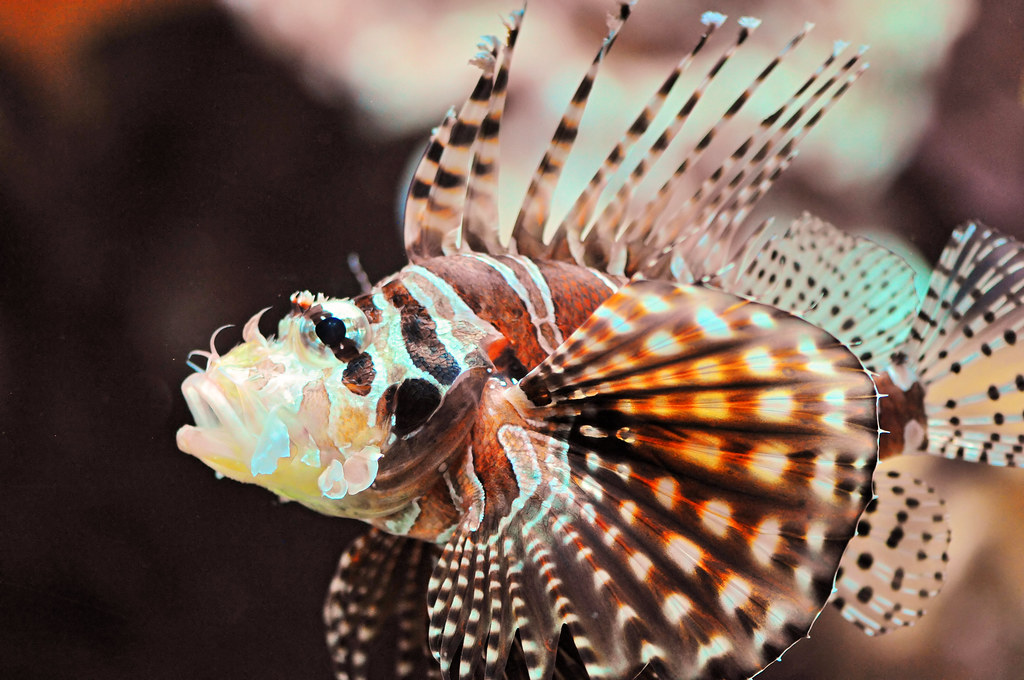
Coral reefs represent biodiversity hotspots that have fostered remarkable diversity in venom compositions among their inhabitants. The competitive pressures and predator-prey dynamics of these environments have driven the evolution of highly specialized toxins. Lionfish possess venomous dorsal spines containing acetylcholine-like compounds and neuromuscular toxins that cause intense pain and occasional paralysis, serving primarily as defense against reef predators. The stonefish, camouflaged among coral structures, produces some of the most painful venoms known, containing proteins that trigger multiple physiological responses simultaneously, from excruciating pain to muscle weakness. Box jellyfish, common in reef-adjacent waters, produce porins that create pores in cell membranes, causing cardiovascular collapse in prey and potential predators. The extraordinary chemical diversity of reef venoms reflects the complex ecological interactions within these habitats, where specialized toxins provide competitive advantages in the constant evolutionary arms race.
Cave-Dwelling Venomous Species
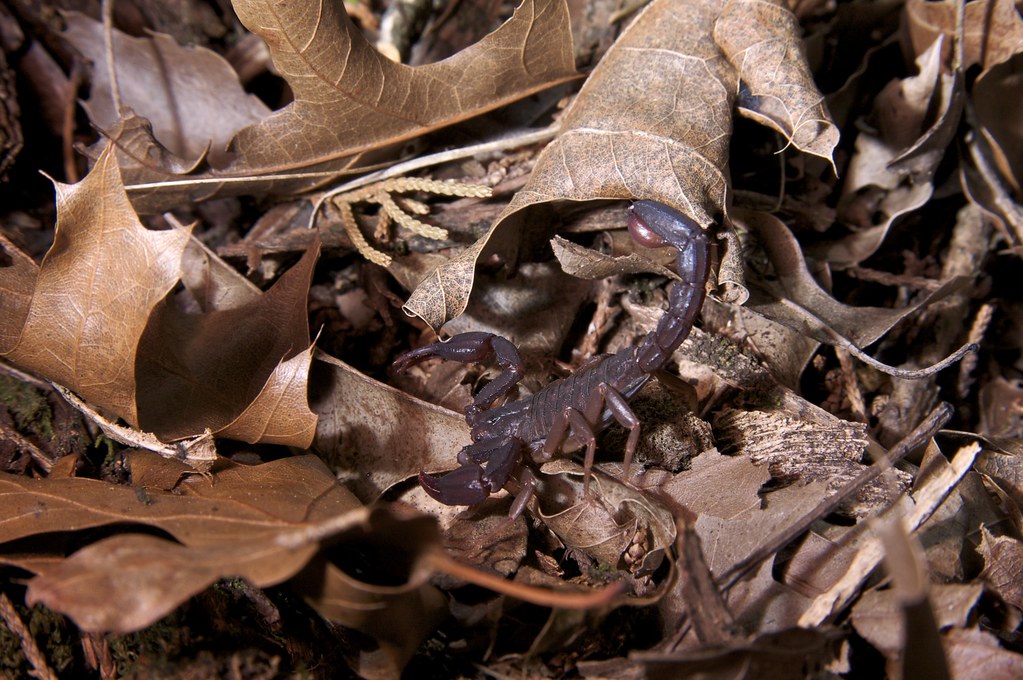
The unique conditions of cave ecosystems have shaped distinctive venom compositions in their specialized inhabitants. Cave-dwelling venomous creatures often face resource scarcity and highly specialized prey, driving evolution toward efficient, metabolically inexpensive toxins. The Mexican blind cave scorpion (Alacran tartarus) produces venom with compounds that specifically target the nervous systems of the few arthropod species sharing its habitat, representing remarkable prey specificity. Many cave-adapted venomous spiders possess simplified venom cocktails compared to their surface relatives, containing fewer protein families but with enhanced specificity for available prey types. Cave venoms frequently display reduced cytotoxic components compared to related surface species, possibly reflecting the lower immune defenses of cave-adapted prey populations. These specialized adaptations demonstrate how extreme habitat constraints can drive venom evolution toward efficiency and specificity rather than the broad-spectrum toxicity often observed in more diverse environments.
Microhabitat Specialization Within Ecosystems

Even within the same broad ecosystem, microhabitat specialization can drive remarkable differences in venom composition. Venomous creatures occupying specific niches within habitats often develop toxins tailored to their immediate surroundings and ecological relationships. For example, the king cobra, which specializes in hunting other snakes, produces venom rich in neurotoxins specifically targeting reptilian nervous systems—a specialized adaptation to its ophiophagous diet. Leaf-litter dwelling spiders often possess venoms with powerful digestive enzymes that help break down prey quickly in the decomposition-rich environment where competition for food is intense. Intertidal marine creatures like certain anemone species produce venoms with remarkable temperature and salinity stability, allowing effectiveness despite the fluctuating conditions of their microhabitat. These fine-scale adaptations highlight how venom composition responds not just to broad habitat categories but to the specific ecological parameters of microhabitats, demonstrating the remarkable precision of natural selection.
Climate Change and Venom Adaptation
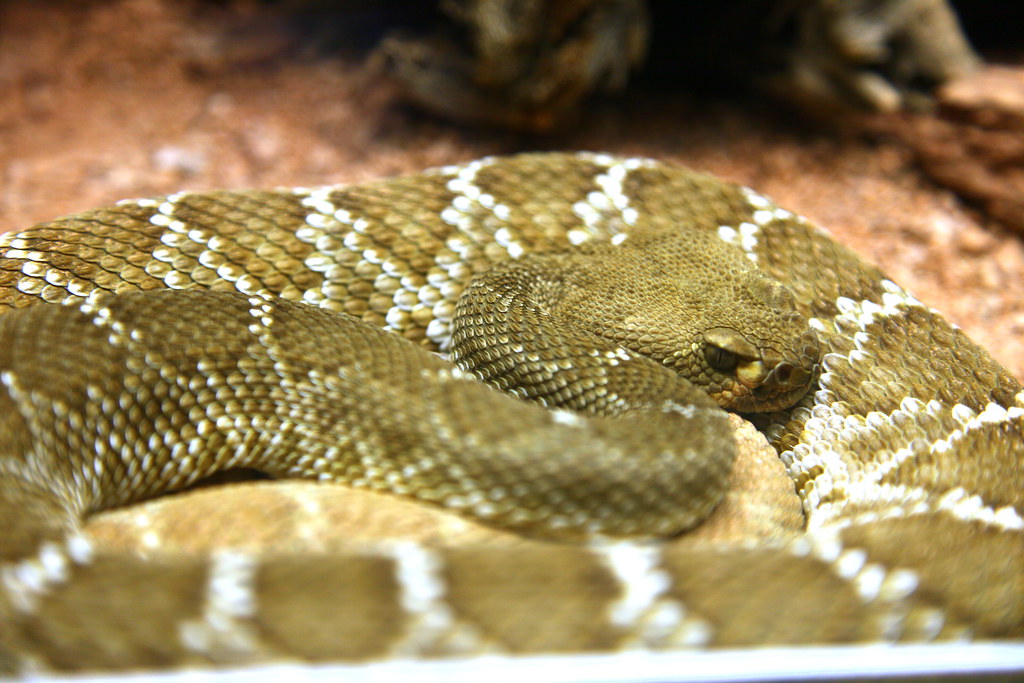
Changing global climate patterns are beginning to influence venom composition, creating new selective pressures on venomous organisms worldwide. Rising temperatures affect the biochemical properties of venoms, potentially altering their stability, enzymatic activity, and ultimately their effectiveness. For example, researchers have documented changes in protein folding and enzymatic efficiency in some snake venoms under experimental warming conditions, suggesting potential fitness consequences as habitats warm. Habitat shifts driven by climate change force venomous species into new environments with different prey bases, potentially driving rapid evolutionary changes in venom composition to target novel prey species. Some venomous marine organisms face additional challenges from ocean acidification, which can alter the ionic environment in which their toxins must function, potentially reducing effectiveness or requiring compensatory adaptations. These ongoing changes represent a natural experiment in venom evolution, offering insights into how quickly these complex biochemical adaptations can respond to changing environmental conditions.
Implications for Biodiversity Conservation and Biomedicine
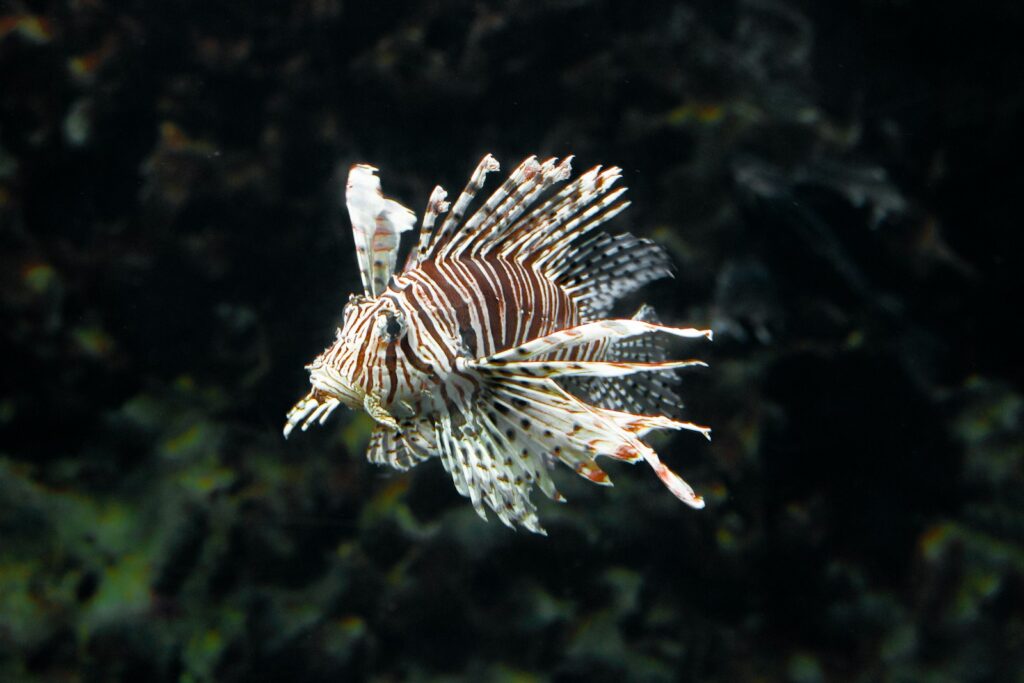
The habitat-specific nature of venom composition has profound implications for both conservation efforts and biomedical research. Each unique venom represents a biochemical library developed through millions of years of evolution, containing compounds with potential applications in medicine, agriculture, and biotechnology. Habitat destruction therefore threatens not just venomous species themselves but the irreplaceable biochemical diversity they represent—potential drug leads that could address human diseases may be lost before discovery. The specificity of venoms to particular habitats underscores the importance of ecosystem-level conservation approaches rather than single-species protection. From a biomedical perspective, understanding how habitat shapes venom composition provides valuable insights into toxin function and specificity, potentially guiding the development of more effective antivenoms and venom-derived therapeutics. This intersection of ecology, evolution, and pharmacology highlights how habitat conservation serves both biodiversity protection and human medical advancement, creating a compelling case for preserving the environments where venomous creatures have evolved their remarkable chemical arsenals.
The remarkable diversity of venom compositions across different habitats demonstrates nature’s ingenuity in crafting biochemical solutions to ecological challenges. From the lightning-fast neurotoxins of desert scorpions to the complex peptide cocktails of coral reef cone snails, these specialized toxins reflect millions of years of evolutionary refinement in response to specific environmental pressures. Understanding these habitat-driven adaptations provides insights not only into evolutionary biology but also offers promising pathways for biomedical research and drug discovery. As climate change and habitat destruction threaten these specialized adaptations, preserving diverse ecosystems becomes crucial not just for biodiversity conservation but for protecting nature’s vast chemical library of potential therapeutics. The study of habitat-specific venom compositions ultimately reminds us that each environment, from the deepest oceans to the highest mountains, harbors unique biochemical innovations worth protecting.




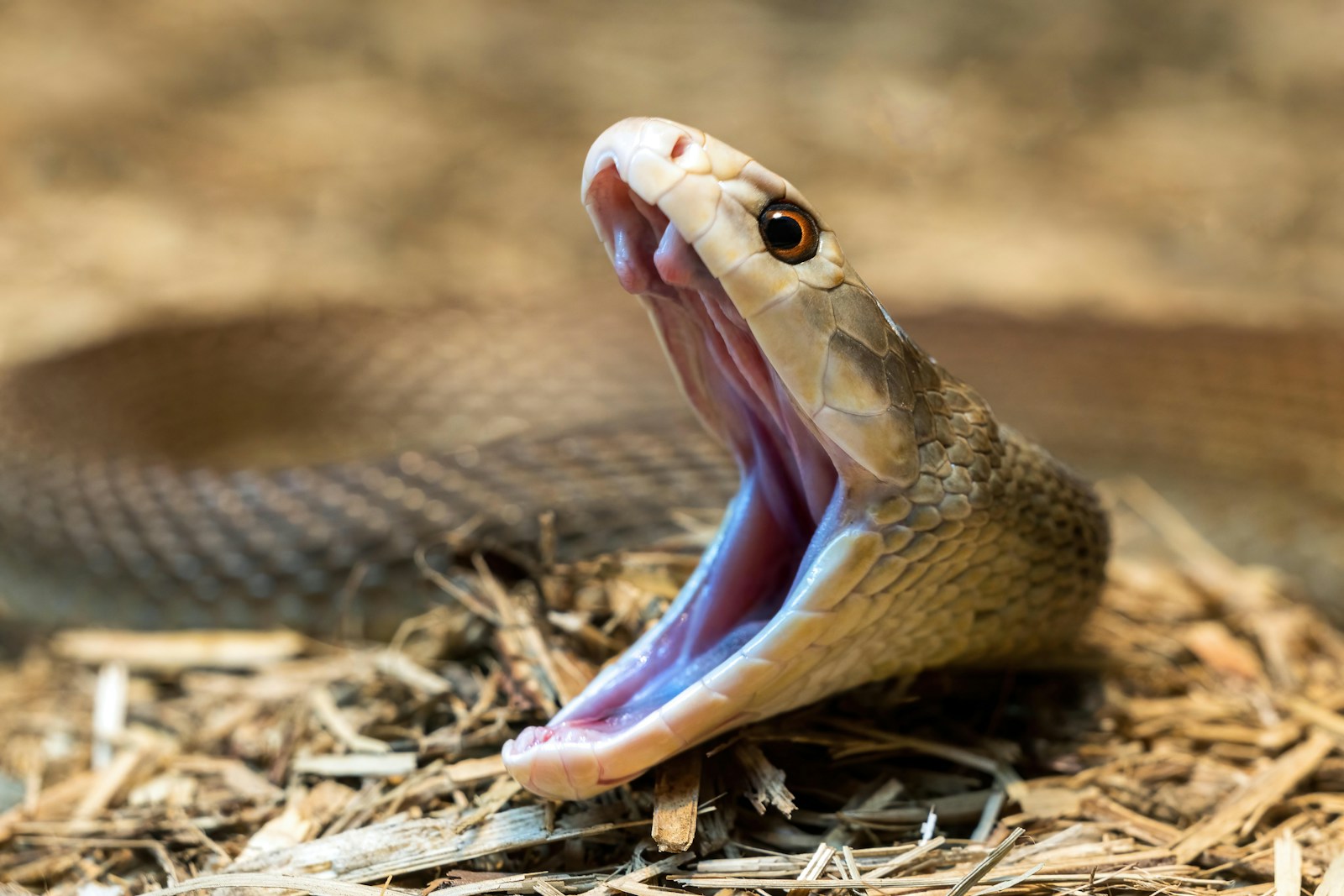

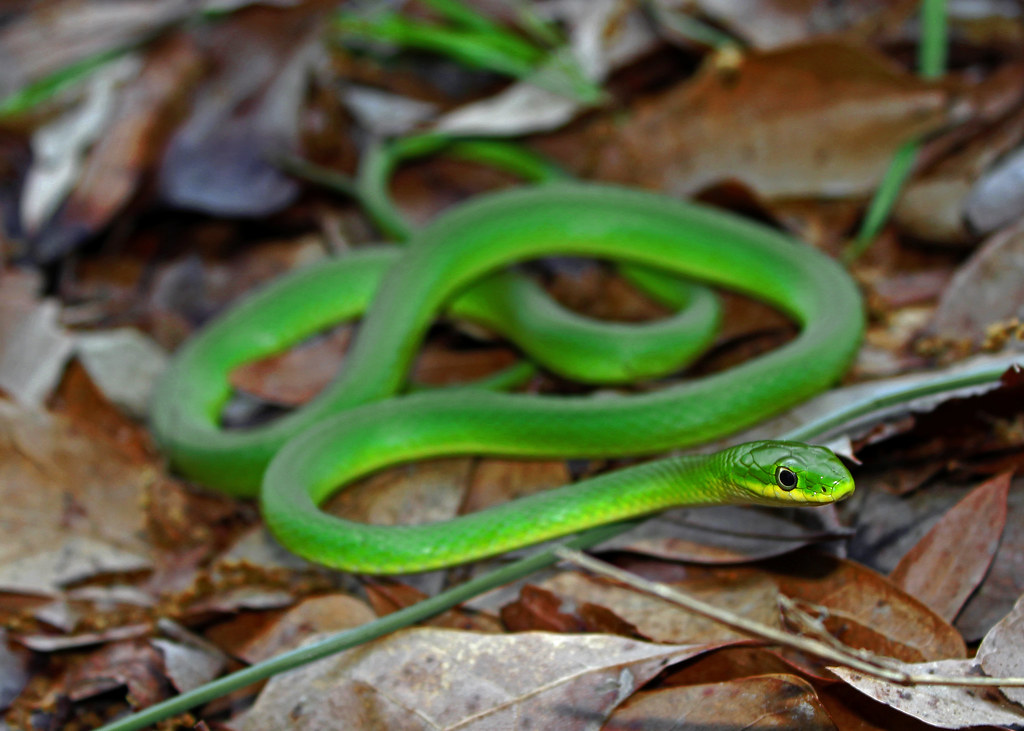
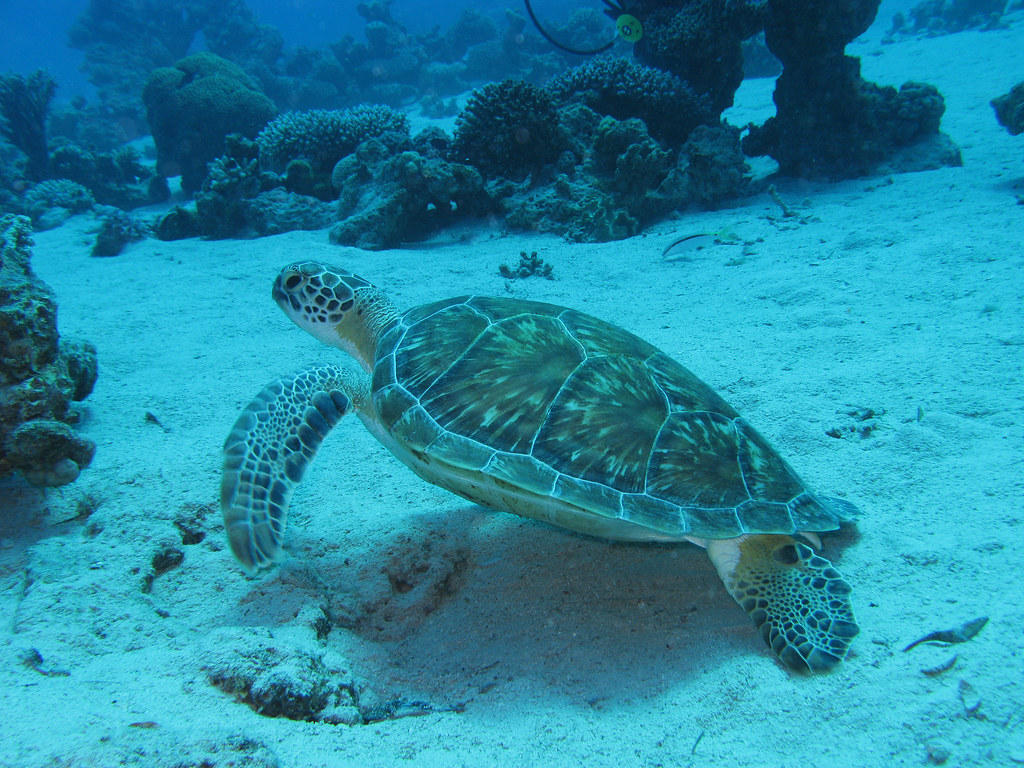
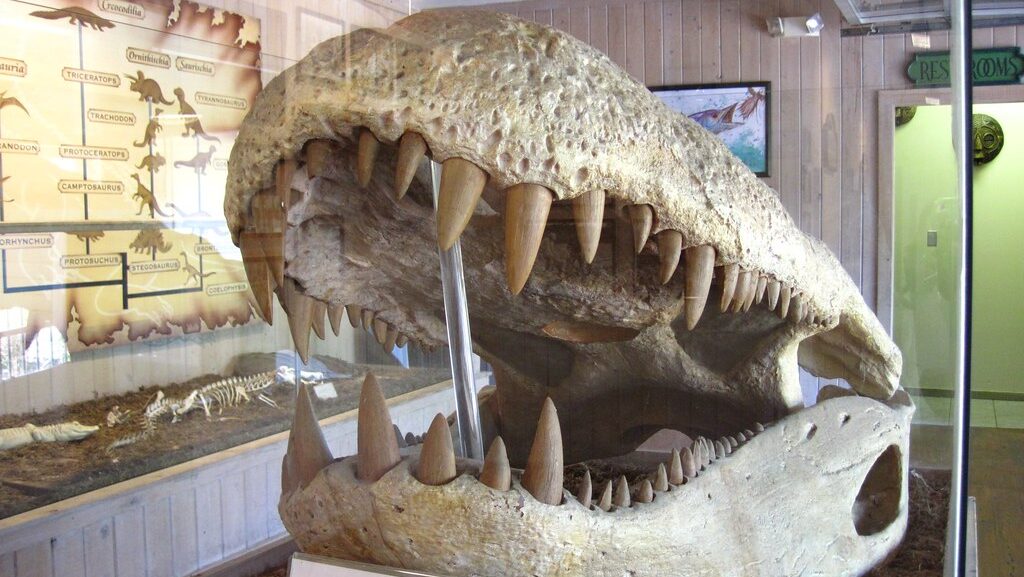
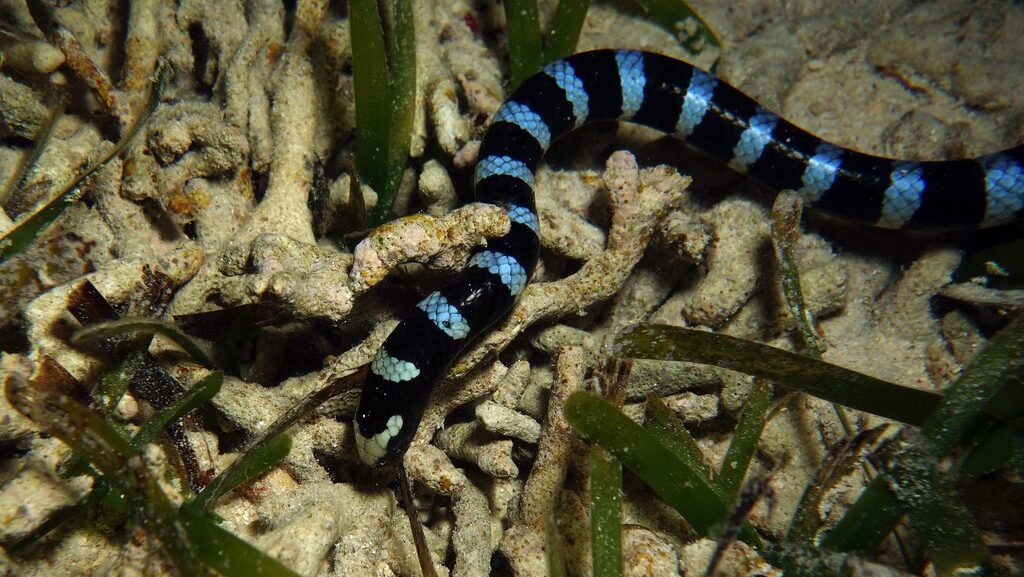

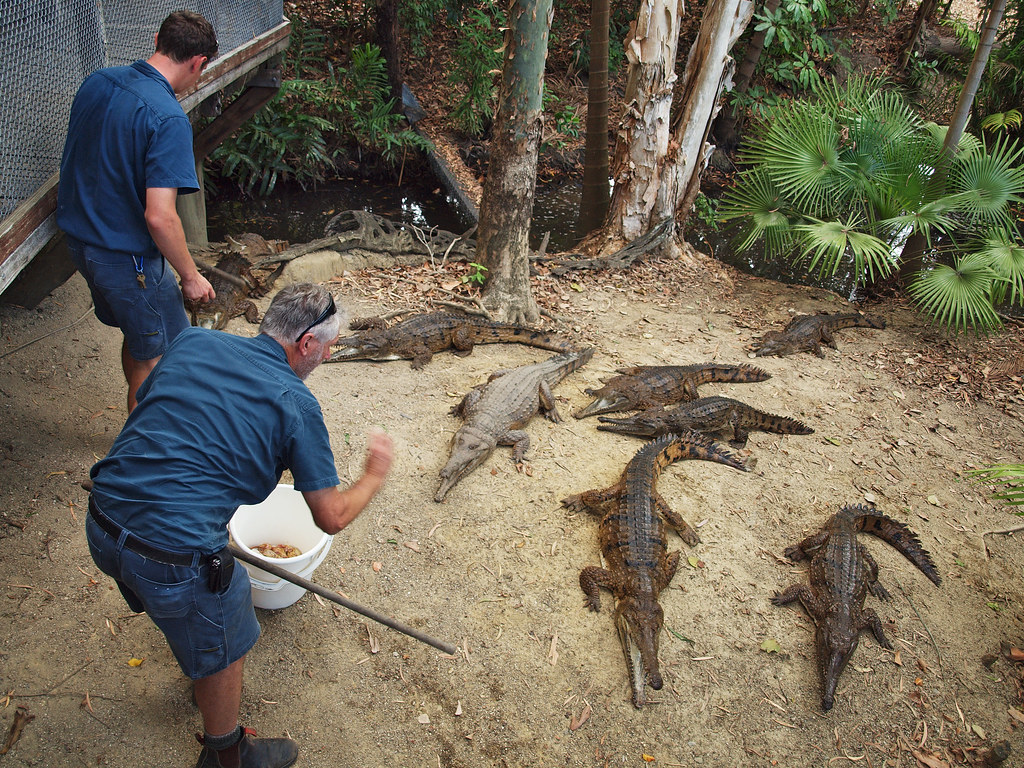



Leave a Reply